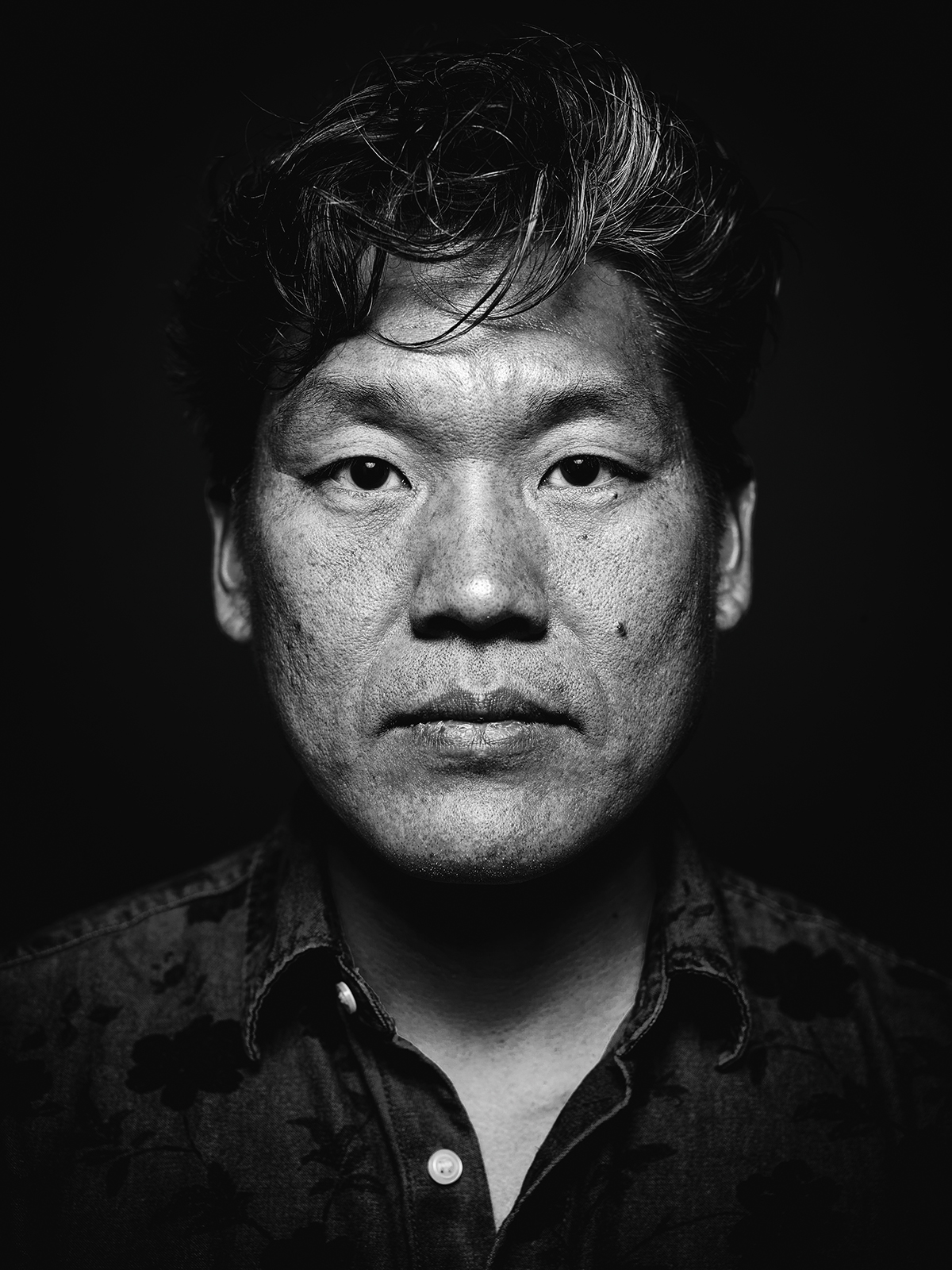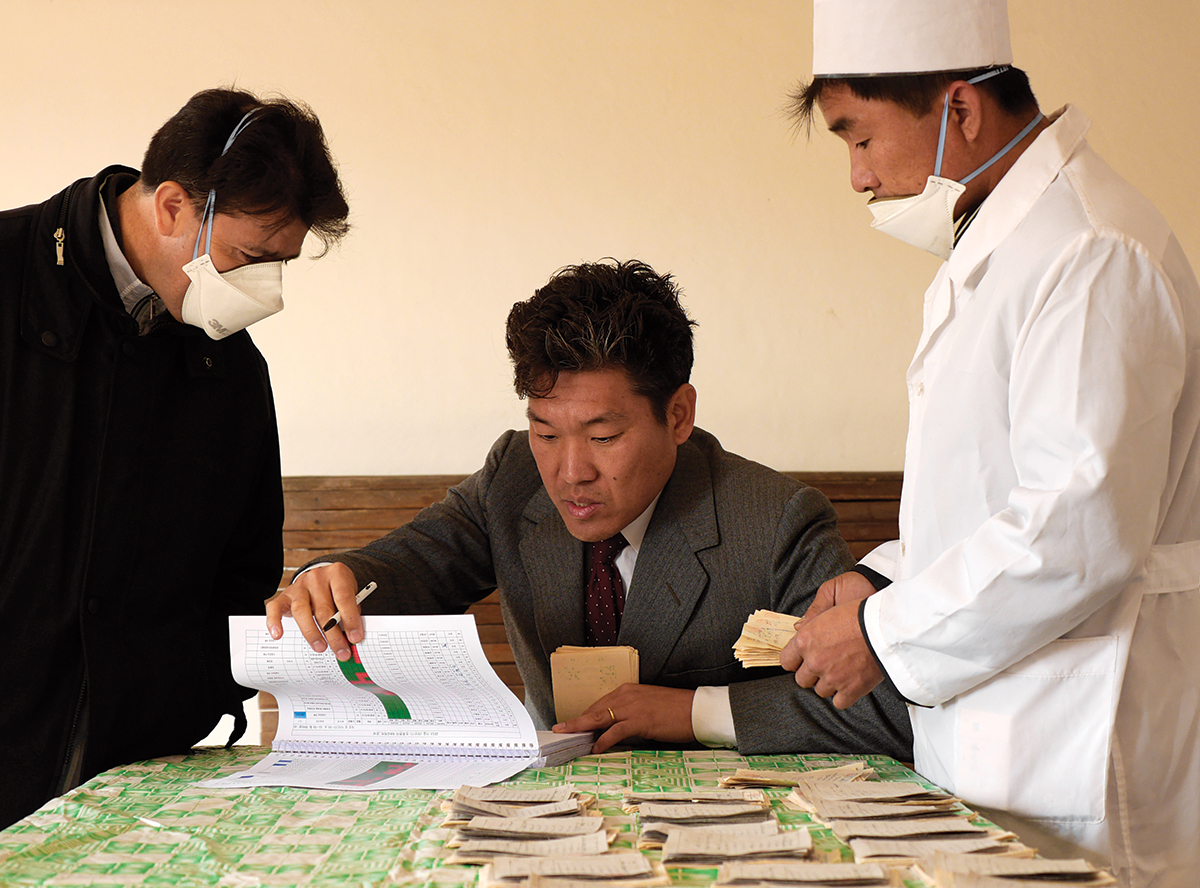Can KJ Seung Change How the World Treats Tuberculosis?

Portrait by David Yellen
Tuberculosis is one of the most resilient and effective killers in history—it has been taking human lives for at least 5,000 years. The bones of Egyptian mummies are riddled with telltale scars, and Hippocrates described it as the most common cause of death of his time. TB quickly spread in crowded cities such as London and Paris during the industrial age. In the 19th century—when the bacterium eviscerated literary titans such as John Keats, Stephen Crane, and the entire Brontë clan—treatment options were limited, consisting mostly of bloodletting and feeble ointments. Eventually, the disease earned nicknames such as “white plague” and “captain among these men of death”; it was best known as “consumption,” a reference to the sickly manner in which patients wasted away.
In the late 19th century, TB treatment produced its most lasting cultural artifact—the sanatorium. The concept was straightforward: a homey place tucked away in the wilderness where infected patients could eat well and relax in bed. At a time when TB was essentially killing everyone it touched, roughly 30 percent of sanatorium patients survived thanks to the healthy diet and additional rest. In the years that followed, sanatoriums sprung up in every U.S. state and around the world.
It wasn’t until 1944 that researchers announced the development of streptomycin, the first antibiotic proven to kill the bacterium that causes tuberculosis. As the age of antibiotics dawned and new TB drugs emerged, doctors proclaimed that we were on the cusp of eradicating the disease altogether. In places with the resources to identify infected patients and the ability to provide the necessary drugs, those predictions began to come true: Tuberculosis cases in the U.S. plummeted by 75 percent between the 1950s and the mid-1980s.
While treating TB was wildly successful here, a lethal phenomenon was unfolding in less-fortunate corners of the globe. From the moment scientists created drugs to fight TB, strains of the bacterium began mutating and building up resistance to the medications.

KJ Seung reviews pharmacy records with North Korean staff. / Photograph courtesy of KJ Seung
In the late 1980s, the number of TB cases around the world exploded. In sub-Saharan Africa, the weakened immune systems of AIDS patients, and a lack of organized healthcare, opened the floodgates for TB. In the megacities of Asia and South America, outbreaks struck crowded slums. By 1993 the World Health Organization officially declared TB a global emergency. “It is out of control in many parts of the world,” said Arata Kochi, then-manager of the WHO’s TB program. It was a global wake-up call: A perfectly preventable and treatable disease was wreaking havoc, killing 9,000 people a day.
Hoping to stem the tide, the WHO introduced a standardized treatment program based on a cocktail of four drugs, and marketed it heavily to governments struggling with devastating numbers of deaths. But there was a problem with that approach: It didn’t account for strains of TB that were resistant to the two most important drugs in the cocktail. That oversight would have lasting—and deadly—repercussions.
As an official arm of the United Nations and the world’s largest public health agency, the WHO wasn’t blind to the scourge of multidrug-resistant TB. But it had looked at the scope of the crisis and made a dismal calculation. Based on its mathematical modeling and the deadliness of the disease, the WHO had decided that treating drug-resistant TB was hopeless. “Effective treatment is often impossible in poor settings,” the agency wrote in 1996. It determined that the best approach was to focus on treating standard TB—to let the world’s poorest and most marginalized populations die of the drug-resistant disease, hoping that their killer would eventually burn itself out. “They actually believed this,” Seung says now, still astonished. “They thought they would all just die.”


